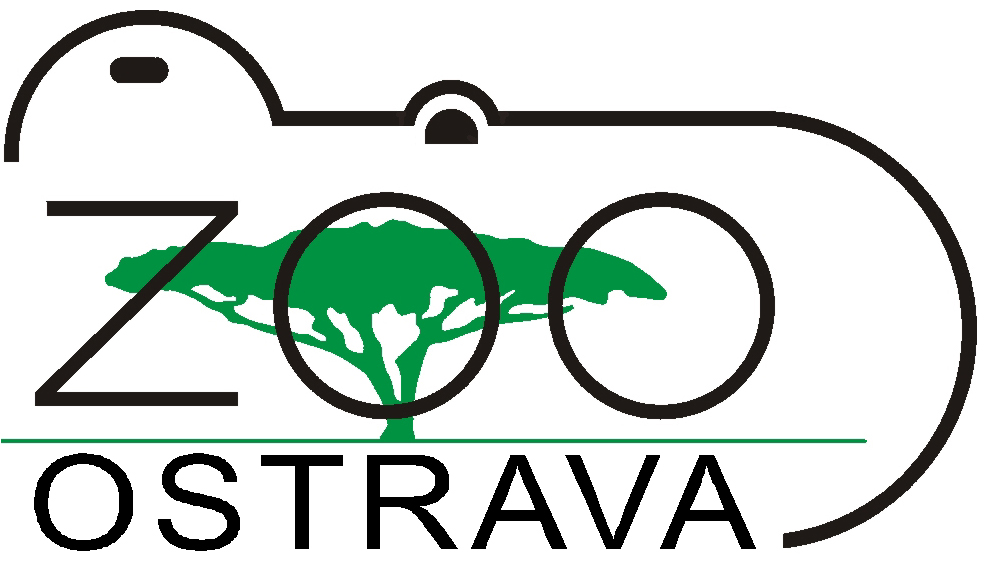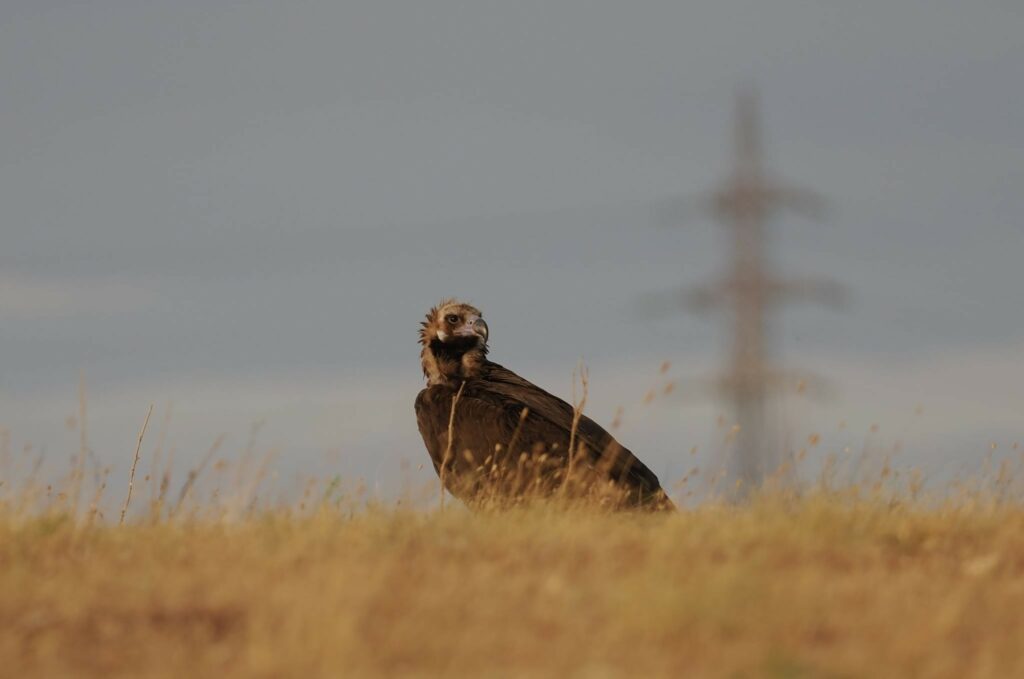
Fitting the two young cinereous vultures with GPS transmitters to track their movements, ringing the bird’s legs and marking feathers on their wings to help identify them when in flight.
In a landmark moment for the conservation of Europe’s four species of vultures, two young cinereous vultures were released into the wild in Bulgaria on Wednesday 25 July, reintroducing the species to the country for the first time since it was declared extinct decades ago.
Cinereous vultures in the Balkans
With a wingspan of nearly three metres, cinereous or Eurasian black vultures are the largest of Europe’s four species of vultures. Cinereous vultures were once a common sight in the skies of Bulgaria, but over the course of the 20th Century the population declined to the point it was declared extinct in the country and most other Balkan states by the 1980s due to changes in farming practices reducing food availability and the illegal setting of poisoned baits to combat predators. With just 30 breeding pairs in Dadia National Park in Greece, the species nearly disappeared from the Balkan peninsula completely.

Vultures Back to LIFE
The Vulture Conservation Foundation, in collaboration with the Bulgarian wildlife conservation charities, Green Balkans and Fund for Wild Flora and Fauna, is working on an ambitious conservation project Vultures Back to LIFE funded by the European Union’s LIFE+ programme to bring the species back to Bulgaria for the first time in decades.
“This is a milestone for vulture conservation in the Balkans, and another step to restore the vultures in southeast Europe, which are a very important part of the natural ecosystem there”, said José Tavares, the Director of the Vulture Conservation Foundation. “We have supported Bulgarian conservation groups to reintroduce the Griffon vulture to the Stara Planina in the Balkan Mountains, now it is the turn of the cinereous vulture – one day the bearded vulture will follow”.
The two young cinereous vultures that were released in the Eastern Balkan Mountains on Wednesday 25 July were bred in captivity in Riga and Ostrava Zoos as part of a coordinated captive-breeding programme led by Plackaendel Zoo in Antwerp. The aim of such breeding programmes is to help restore the species across its former range by breeding birds that will one day be released into the wild.

The young birds were transported to a release site in the mountains and released into an artificial nest where they will be fed and monitored by staff from Green Balkans and FWFF, without any human contact until they are old enough to fledge from the nest and leave the release site.
Transporting the young cinereous vultures to the release site and The artificial nest constructed at the release site in the Eastern Balkan Mountains
Riga and Boyan are also fitted with GPS satellite transmitters to help us monitor their movements to better understand how they will be moving around the area.
The efforts to reintroduce the species will continue over the next four years as the Vultures Back to LIFE aims to release 50 birds into the wild.

Downloads






